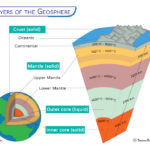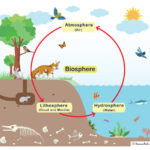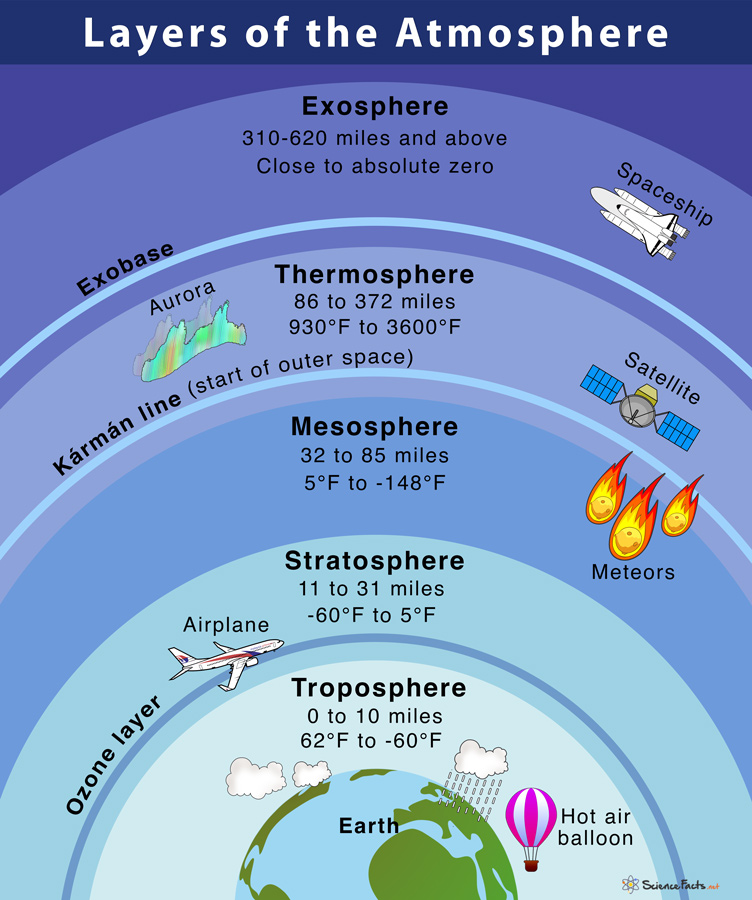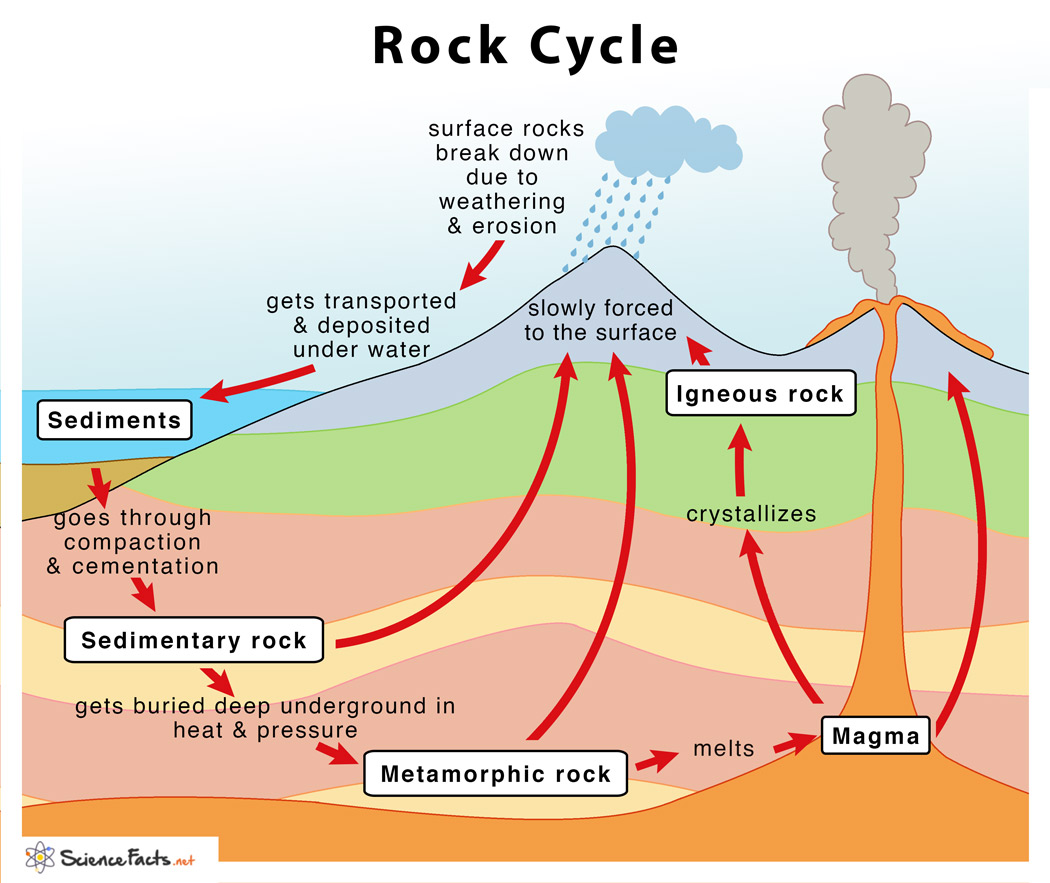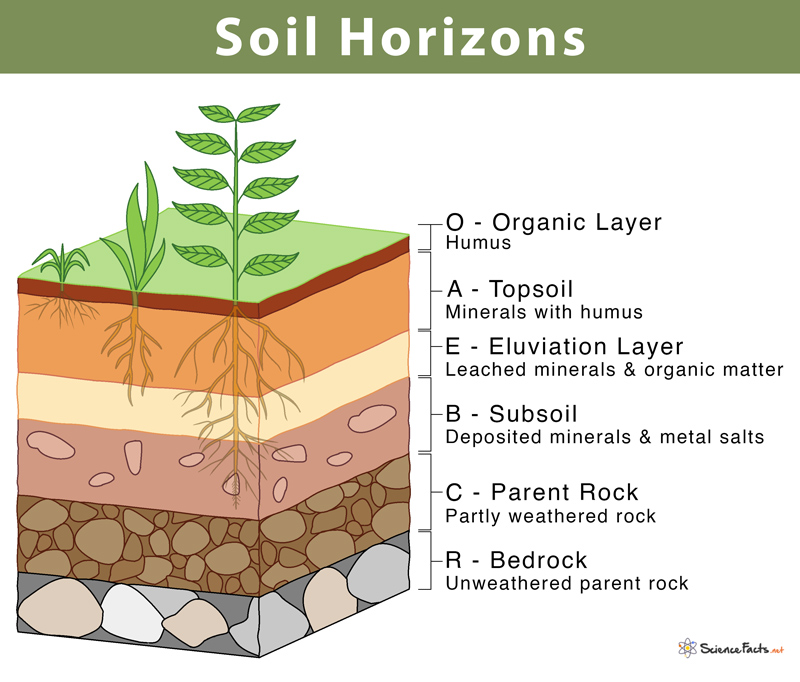How Do Clouds Form
The air in the atmosphere can hold only a certain amount of water vapor, which depends on the temperature and the atmospheric pressure. The more the temperature and the atmospheric pressure, the more the air can hold water vapor. The atmosphere is said to be saturated when a particular air volume has the maximum water vapor it can hold.
Clouds form when:
- The air’s moisture has crossed the point of saturation due to evaporation.
- The air temperature is cooled to its due point leading to condensation, and thus cannot hold any more water.
They form at a wide range of altitudes. Some are found very close to the ground, while others are high in the atmosphere.
What Causes a Cloud to Form
Clouds form when moist air in the atmosphere rises through evaporation due to heating the Earth’s surface. The water vapor eventually condenses into water droplets as the air cools and becomes saturated. These water droplets form on tiny particles called condensation nuclei, like dust and pollen. When enough water vapor condenses on pieces of condensation nuclei, clouds are formed.
However, the entire process occurs in a step-by-step manner:
Step 1: Several reasons cause the air to rise (lifting), such as the heat of the Sun, the presence of hills and mountains, weather fronts, convergence, and air turbulence. The rising air pressure decreases with altitude to be in equilibrium with the surrounding air. As it ascends, it expands and cools further.
Step 2: This cooling continues until the stage of saturation, and then super-saturation is reached when the relative humidity attains 100% and then becomes over 100%. When the air becomes super-saturated, its water vapor looks for ways to condense. Typically condensation begins at relative humidity a few tenths of a percent above saturation.
Step 3: Condensation starts on the condensation nuclei at a particular altitude known as the cloud base. Water molecules attach to the particle to form a droplet. Several such droplets or ice crystals together form the cloud. Because of their small size and high air resistance, they remain suspended in the air for a long time.
Step 4: The lifting process continues as the water gives off heat and changes from vapor to liquid and solid. The additional heat warms the air parcel, which increases its buoyancy relative to the surrounding air and rises further up.
Step 5: The clouds grow in size through the continued condensation of water vapor into cloud droplets. The growth is also found to occur by collision and coalescence of cloud droplets. Turbulent currents in the clouds help in the initial collision between droplets, which in combination, form large droplets. However, the best cloud growth occurs when ice crystals are present in a cloud. In tiny droplets, liquid water is cooled far below 0°C before freezing. Thus, there are areas within a cloud where ice crystals and water droplets co-exist.
Step 6: When ice crystals and super-cooled droplets are near each other, water molecules move from the droplet to the crystal. It increases the size of the ice crystal at the expense of the droplet. At a temperature around -10°C, they begin to develop into ice crystals and snowflakes, which fall as rain or snow.
Several clouds form this way, including cumulus, cumulonimbus, and stratocumulus.
Other Ways of Forming Clouds
There are plenty of other natural ways by which clouds form:
When Winds Blow into the Side of a Mountain Range
When winds blow into the side of a mountain range or valley, they are forced to rise into the atmosphere. The air cools as it moves up, eventually forming clouds. Clouds such as lenticular, stratus, and sometimes cumulus clouds also form.
When Atmospheric Pressure is Low
In regions of low pressure, the air is forced up. In such areas, winds encounter the center of the low-pressure belt and cannot rise. Almost all clouds form this way, such as altocumulus, altostratus, cirrocumulus, stratocumulus, and stratus.
When Air Masses Collide
It develops in weather fronts, where two large air masses collide at the Earth’s surface, causing the air to rise and form clouds.
In a warm air front, a warm air mass slides over a mass of cold air, and the warm air is pushed upwards, forming many high-altitude clouds such as cirrus, cirrocumulus, and cirrostratus. Rain-producing clouds like nimbostratus and cumulonimbus are also commonly found at warm fronts.
A cold, heavy air mass pushes a warm air mass upward, forming cumulus clouds in a cold air front. They gradually develop into cumulonimbus clouds, which produce thunderstorms. Nimbostratus, stratocumulus, and stratus clouds are also found on a cold front.
FAQs
Ans. No, the formation of clouds is a physical change.
-
References
Article was last reviewed on Monday, February 13, 2023

